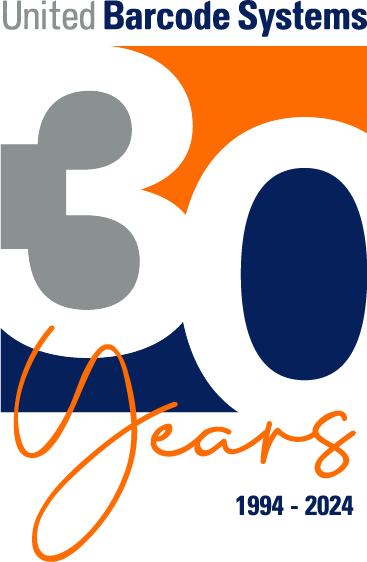The Intelligent Supply Chain is revolutionizing the traditional way in which the life cycle of a product was developed, from its birth to its arrival to the final customer. The incorporation of continuously evolving technologies, such as the Internet of Things (IoT), big data, artificial intelligence and machine learning, advanced data analysis, or blockchain, are allowing the optimization and automation of processes, and the consequent cost savings and improvement of services.
All operations involved in an intelligent supply chain are interconnected. A continuous flow of data is produced which, when processed using the digital model, enables the improvement of physical processes. The central element is the product that must reach the consumer’s hands, and the goal is to respond satisfactorily to what the consumer expects in terms of delivery times, quality, information and user experience.
Packaging management in the Intelligent Supply Chain
In this way, packaging plays a fundamental role, since it is the support that, through marking and labeling, transfers all the information to the client. It also offers the necessary data return to improve processes.
It is no longer enough that the supply chain complies with the on-time delivery of the merchandise, completely, without errors and at the minimum cost. The immediacy and diversity of channels available for the consumer must be reflected in the same way: greater agility in delivery and in a product traceability that make it easier to know the detail of its entire journey.
The insights gained through the digital supply chain help anticipate and capitalize on potential problems or opportunities. Thus, solution providers have incorporated technologies into their applications to address customer needs. This is the case of the packaging identification systems offered by UBS, with custom applications that integrate big data processes, advanced analysis and management of Inkjet printers and automatic print and apply systems in real time into a virtual platform. All this, together with the customer experience, results in obtaining the necessary information for better decision making.
Everything is in the printed coding on the primary or secondary packaging, and on the label for the secondary or tertiary packaging. The management of this information, together with the proper functioning of the logistics processes of storage and transport, constitute the key to the success of the intelligent supply chain.
Are you interested in this article? SUBSCRIBE TO OUR NEWSLETTER!
What processes does smart technology affect?
- Manufacturing planning and scheduling
Industries use machine learning algorithms to take advantage of the valuable data sources available to improve manufacturing planning and scheduling processes. Smart sensors provide data that helps in automatic product routing to work centers as well as real-time feedback to planners.
Identity and Access Management (IAM) provides a digital representation of all equipment with secure and controllable shared rights between business partners. The goal is to maximize asset productivity, ensure the safety of operations, and reduce costs.
It covers the entire life cycle of assets. Thanks to the design of digital twins, the life cycle is monitored in a closed circuit where the feedback received from customers is processed. This triggers detection of problems before they become critical. Continuous data flow and analysis using artificial intelligence enable remote diagnosis and predictive maintenance of equipment.
-
Connected fleets for digital logistics
Connected vehicles allow companies to adjust shipments and optimize routes based on weather and traffic conditions in real time. In this way, productivity, speed of delivery, and transparency of the fleet are improved thanks to the continuous flow of data.
The use of Warehouse Management Systems (WMS) or augmented reality for selecting and packaging is rationalizing storage activities, increasing efficiency, and reducing the time that passes between the goods leaving the shelf until delivery.
By integrating automated warehouse driven vehicles with ERP and MES, manufacturers can better manage inventory levels and improve lead times. This ensures that the merchandise enters each phase of operation at the right time and minimizes downtime.
-
Pay-as-you-go business models
Suppliers, particularly in the industrial and component manufacturing sector, have begun to offer pay-for-use for digital equipment, software and services. Thanks to machine learning, a job well done is a factor in recommending low-risk clients under this pay-for-results model. Prices are automatically generated based on the risk presented by the client and on operating costs (installation, transport, consumables, etc.). The technological solution learns with each new contract and corrects errors, fostering the association between manufacturers and customers.
With the right technology, the data collected by IoT sensors can be analyzed in real time so that supplier companies can advise customers on optimizing the use of their equipment. Service agreements and remote problem resolution can be enhanced by predictive analytics, machine learning, and digital twins that anticipate hardware or software problems. In addition, advanced augmented reality enables maintenance activities to be improved, for example by providing repair instructions via mobile devices.
-
Digital twins in IoT as the backbone of the Intelligent Supply Chain
Digital twins collect information in real time throughout the life cycle of a product or service. They understand how this products and services are used and function in real-life conditions once they reach consumers. So, data flow is crucial for decision-making about product and plug-in updates.
UBS management Systems
Convinced of the enormous benefits of automation in the supply chain, at UBS we are experts in integrating systems for the management of labeling, coding and marking on our client tailored production lines. We are manufacturers of the best printing equipment and control software.
Through UBS LabMan, our management system, we identify the products of different lines, manage print queues and integrate and centralize the data with the client’s ERP / MES to conform and generate the labels for each logistics unit. These labels incorporate all the necessary information for the correct storage, transport and traceability of products, in accordance with the recommendations and regulations of the international GS1.









